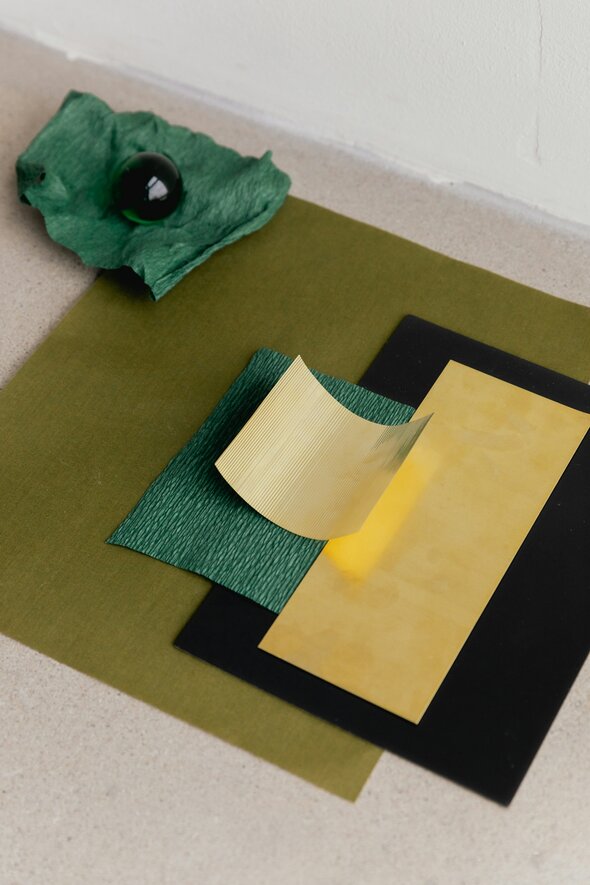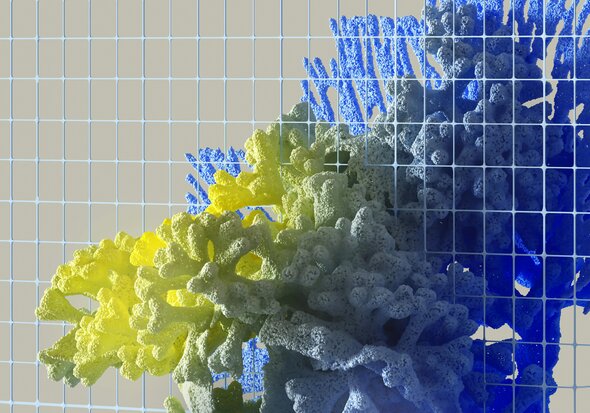Hey fashion, it’s time for a new look!
Imagine a future where every stitch and seam is meticulously chosen for minimal waste, where style and sustainability hold equal weight in the design process and where the lifecycle of each garment is carefully managed to ensure it stays out of landfill. Once an idyllic and distant dream, increasing legislations (such as ESPR) and pressures to shift industry’s model from linear to circular have forged the way for technological advancements that have the power to make this an imminent reality. With 80% of a garment’s circularity determined at the design stage, new applications of Artificial Intelligence (AI) demonstrate a core opportunity to reshape fashion for good; paving the way for a greener, more ethical industry.
AI-Enhanced Product Lifecycle Management (PLM) for Fashion Products
AI-enhanced PLM systems track and manage a product's entire lifecycle, from design to end-of-life; enhancing transparency by providing detailed information from raw material sourcing to production and disposal. These systems provide insights into the durability and recyclability of materials, helping designers create products that can be easily disassembled and recycled. When integrated in line with smart product tracking and Digital Product Passports, brands can monitor the condition and usage patterns of garments, facilitating efficient take-back and recycling programs.
Integration with Existing Systems
AI presents a transformative opportunity for the fashion industry to embrace circular and sustainable design practices. From optimising lay plans and material selection to digital sampling and product lifecycle management, AI can drive significant environmental and economic benefits for sustainable range development. For fashion executives, understanding and overcoming the barriers to AI adoption is key to leveraging its full potential. By investing in the right technologies, partnerships, and training, fashion brands can lead the way in creating a more sustainable and circular future. Embracing AI is not just a technological advancement—it’s a strategic move towards a more responsible and resilient fashion industry.
Integration with Existing Systems
The adoption of AI in the fashion industry is not without its challenges, but overcoming these barriers is far from impossible. By addressing concerns related to understanding, cost, data quality, integration, and creative integrity, fashion executives can unlock the transformative potential of AI. Partnering with a fashion-specific data harmonising AI provider, starting small before scaling up and focusing on the environmental impact of your designs can pave the way for a seamless integration of AI technologies. As the fashion industry continues to evolve, those who embrace AI will be well-positioned to lead in innovation, efficiency, and sustainability.



